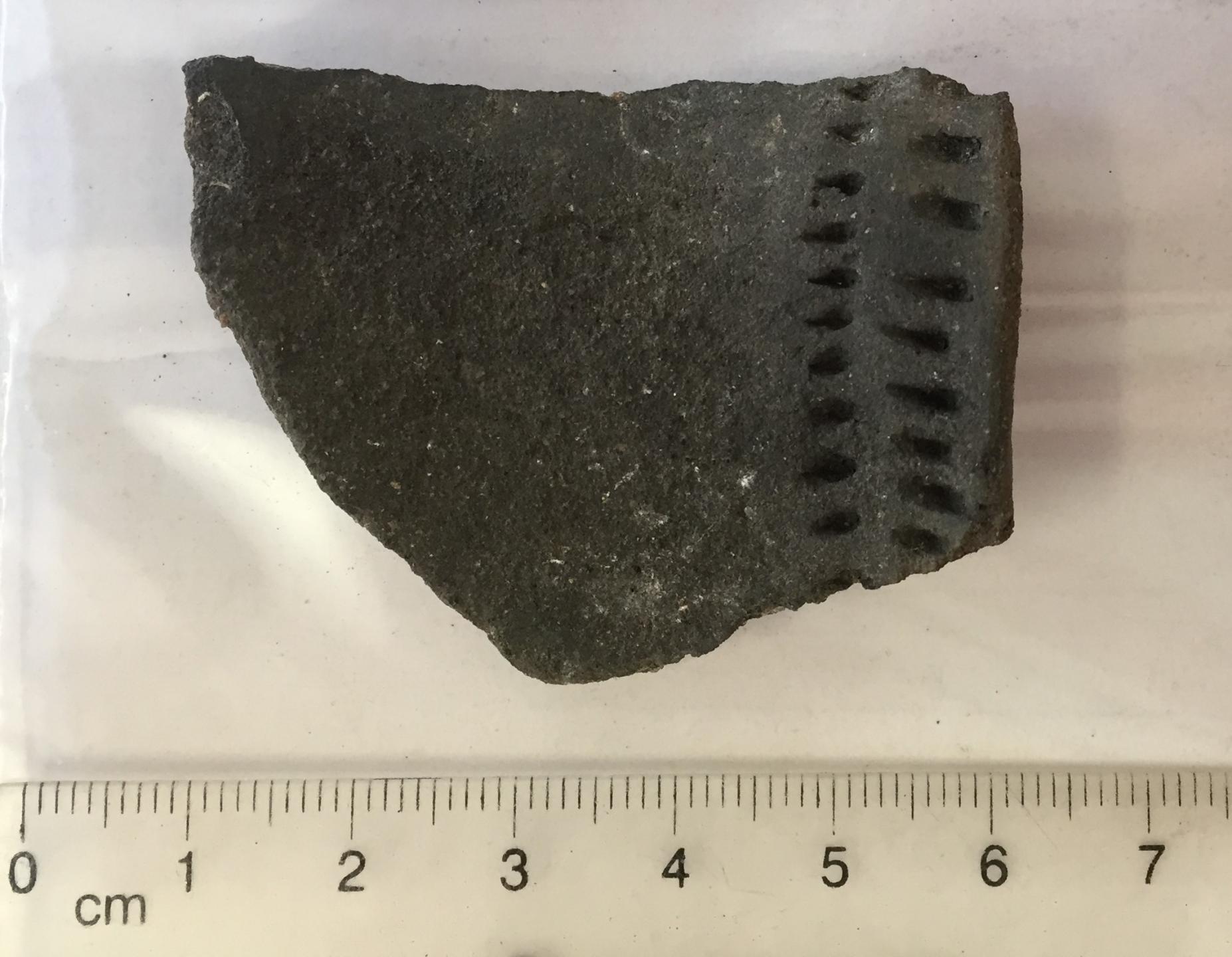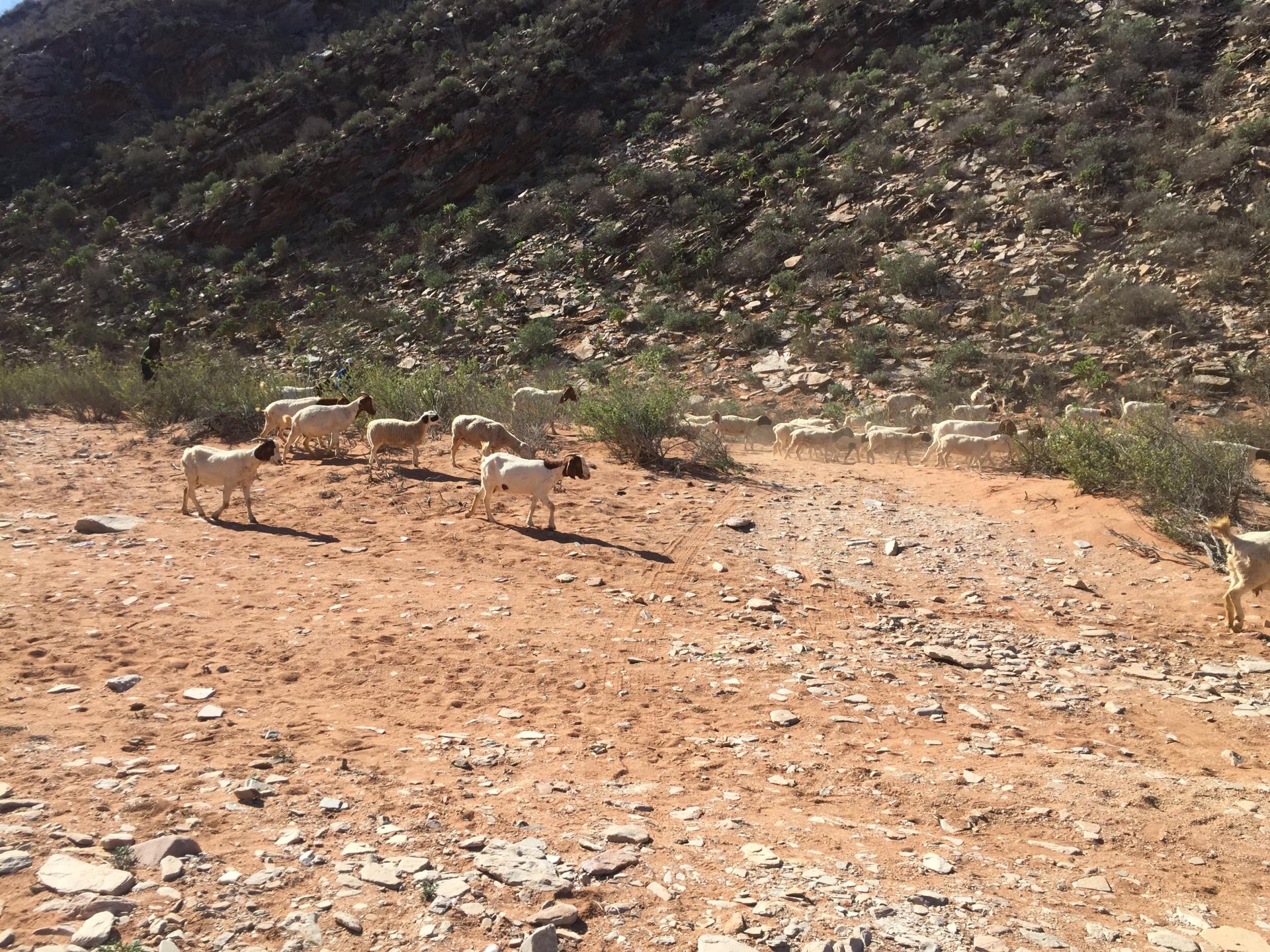Analysis performed by a UTSC archeologist has discovered the first chemical evidence for dairy processing in Western South Africa during the Later Stone Age (LSA).
An article from Nature Scientific Reports by UTSC Anthropology PhD candidate Courtneay Hopper describes how lipid residue analysis was used to characterize 106 potsherds from four open-air LSA sites, spanning in time from the early first millennium to the late second millennium AD.

Understanding what people in the past ate, and how they prepared their food is key to understanding how their societies functioned. Learning more about diet in LSA South helps us see how people were able to thrive in unpredictable desert environments. Ethnohistoric accounts show cooking of marine mammal fat, mutton, plants, and milk by early herders and foragers across the Northern and Western Cape. Hopper’s analysis provides chemical evidence support to this.
Hopper used lipid residue analysis to characterize 106 potsherds from four open-air LSA sites, spanning in time from the early first millennium to the late second millennium AD. Lipids molecules are fatty compounds found in animal matter that are the most durable and widespread biomarkers in ancient pottery.
The aim is to help discern the spread of low-intensity herding among the communities living in Western South Africa during the Later Stone Age.
“It's a little bit tricky in the archaeological record to see who were herding animals, when, where and how, because the animal bones that are left still look like what we would consider a foraging or hunter-gatherer archaeological site,” explains Hopper. “We can assume that people were eating the animals, but we don't know for sure. And this kind of direct biomolecular method allows us to actually see what people are putting in their pots, and then presumably in their mouths.”
“Delving into this kind of direct evidence of what people were cooking really provides a novel insight into how they were actually using their resources.”
Analysis of the pots at two sites on the Atlantic coast revealed the presence of biomarkers suggesting the processing of marine products, while the vessels at the inland sites confirmed the first chemical evidence for the use of dairy products in the area.
The mix of processed dairy products suggests that people living at these settlements were keeping small herds of sheep and using their milk in addition to foraging.

“I think it really does show that they had a herd management strategy,” suggests Hopper. “If they were drinking milk or processing milk as early as 100 AD, which is just after sheep are introduced to the area, they actually have a plan. If you're going to have milk, you need to have babies. If you're going to have babies, you need to make sure you have females and not too many males. I think it really just highlights the knowledge of the landscape of these foraging people, and that they really knew what they were doing and understood the complexities of keeping animals in a semi-arid desert environment.”
But what do we know about the types of dairy products being used? “It'd be lovely to find a cheese strainer or something, right?” says Hopper. “But as far as we know, there is no specific evidence for cheese. There are some historical accounts of butter and fermented milk products. So, maybe like a yogurt or something like that. But mostly what you read about is milk being cooked with other things.”
The ethnohistorical evidence suggests the sheep that were kept were probably fat-tailed sheep. They were particularly prized for the large deposits of fat in their tails which would augment the diets of foragers in the LSA. The next steps of Hopper’s research is a study of the protein residues in the pots, which could confirm this theory. She has already received funding from the Social Sciences Research Council of Canada to carry on this research.
